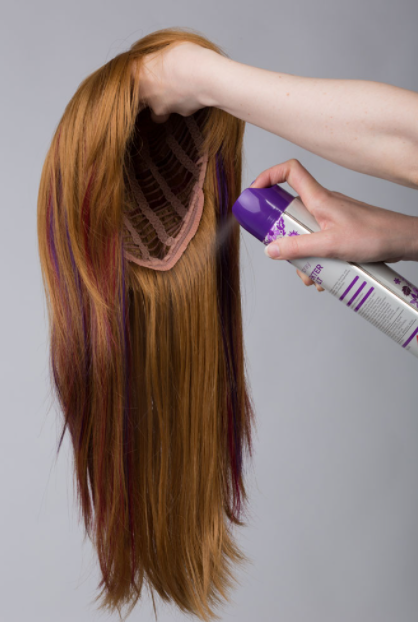Only the pigment melanin is genetically encoded in mammals and most animals as a whole. In this case, a few birds stand out for their vibrant reds and greens (in which case often some dietary component is required for the synthesis of these abnormal pigments).
Do we know all the possible human hair colors?
The different ways melanin is processed in humans is what causes the wide range of skin, hair, and eye colors that we see. In the past, there have been two types of melanin: eumelanin and phaeomelanin. A brown or black variety of the former can be found, while the red and orange shades found in human pigmentation are caused by the latter (e.g., localized to the lips, nipples, and nether regions).

The brown-black melanin functions as protection against UV radiation, but the red pheomelanin only adds color. These cells create melanin and the MC1R gene you cited codes for a receptor found on the membrane of these cells, which are known as melanocytes. When this receptor is activated, the melanocyte is either manufacturing red pheomelanin or brown-black eumelanin, depending on the situation. The ASIP gene encodes an agonist that binds to this receptor and is also partially responsible for the variation in animal pigmentation.
Most people's skin produces brown-black eumelanin (to variable degrees, depending on ethnicity) while pheomelanin is activated in the few important places described above, as this receptor is designed to do. Your melanocytes will create pheomelanin throughout your entire body if both copies of the MC1R gene inherited from both of your parents are defective. What we call "redheads" are people like this.
The fact that red-haired people aren't merely unusual because of their hair color isn't immediately apparent. As a result of their lack of eumelanin throughout their entire body, they have a pale/rosy complexion, are unable to tan, and are more likely to get sunburned. Eumelanin, our principal protection against UV light, is to blame for this.
In contrast to the skin and eyes, where melanin is produced by melanocytes, the melanin in one's hair comes from a handoff between melanocytes and the keratin producing keratinocytes. The transfer of melanosomes from melanocytes to keratinocytes is facilitated by a complex of three genes: MYO5A, RAB27A, and MLPH. Griscelli syndrome (types 1, 2, and 3) can be caused by a defect in any of these three genes.
This results in a silver-colored haired individual, and if examined under a microscope you can see the inconsistent melanin transfer to the hair during its development:
Finally, the only pigment that appears in hair is melanin, which means that there are no other possible hair colors than the entire range of blond to black; red in the case of MC1R defects; silver in Griscelli syndromes; and white in albinism (which I needn't cover).
Having blue hair may be a result of an incorrect belief about how blue eyes came to exist. The microscopic structure of the eye alters the light being reflected, not a blue pigment (which is rare in nature). This is why some people have blue eyes. Human eyes can also be manipulated to appear blue, just like the sky and water. Melanin usually covers up the blue in our eyes, but some people have a one-letter mutation in the HERC2 gene that causes their eyes to be devoid of melanin.
Microfibers forming a texture that refracts and reflects light almost in the same way as holograms explains why the same bird can appear different colors depending on the angle from which it's being observed. Viewed up close, those feathers are not actually blue or whatever color they appear to be from a distance.
